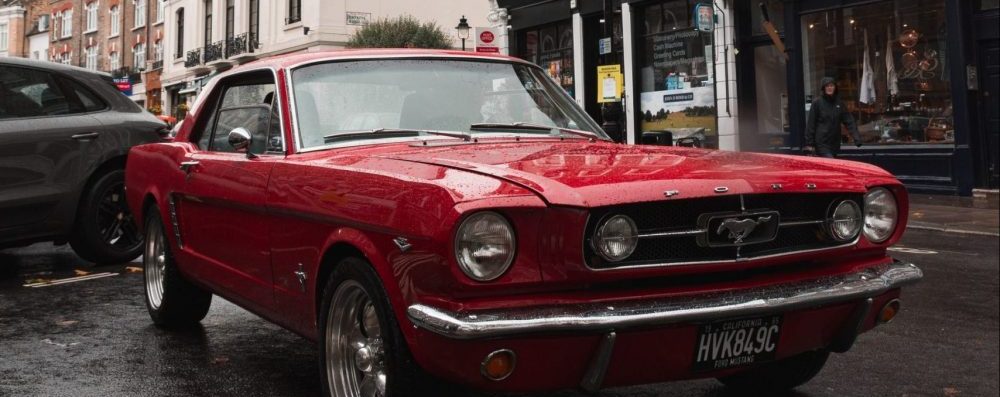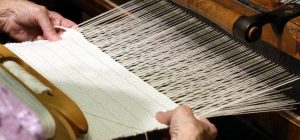When you’re buying something new, especially if it’s expensive, there is an excitement around it, and lots of emotions come up even if they are subtle. People talk about their exciting new purchases; they often gush about them. The same can’t be said about a similar item that’s used. We get excited about getting the latest iPhone but buying a used one, not nearly as much. There is a functionality and utility to buying a used item. You saved yourself some money, so good on you, but the excitement is gone. A certain, often hidden, stigma comes with a used item even if it’s minor.
There are three factors to consider when it comes to a used item’s hidden stigma. This combination of factors will determine if a purchase is viewed or seen as undesirable or something, well, cool. The three factors, as far as I see them are:
- The Cool Factor
- The Cost Factor
- The Ick Factor
And depending on how much of each one of these factors the used item has, it will determine if it has any real negative stigma. Aside from a handful of things, pretty much every used item has some varying degree of stigma to it
The Cool Factor
Imagine, if you will, an old Mustang convertible from the ’60s, the sleek lines to the car; even if you’re not into cars, there is a certain coolness to it. It’s vintage and has both history and patina. That is the cool factor; because the 60’s Mustang can only ever be used at this point.
When we think of vintage or antique items, they will very often have this cool factor to them, depending on your interest in it. There aren’t many items that have a universal cool factor, so there will be varying degrees.
The caveat here is that some antique items are nothing more than old garbage and some vintage clothing probably deserves to be burnt and not sold, so there is a little bit of a two-edged sword. The items that aren’t cool will carry this stigma of essentially old garbage; this cool factor makes the used item desirable for the person buying it, remember the old adage one person’s trash is another’s treasure.
The Cost Factor
Why do you buy something that is used? Almost universally, the simple answer is to save money, and that is the second factor. When looking at new versus used items, the used items are simply cheaper from a cost perspective.
The cost factor will be a deterrent for some and a huge plus for others. Take a big-ticket item like a car, a lot of people can’t afford to buy a new car. But a used car fills the need, at a fraction of the cost. Another example is used electronics; let’s use cell phones: cell phone companies are huge on pushing the latest and greatest versions to their customers every year, and the old models aren’t of any use to the owners. These older models are often in reasonably good condition and can be sold, but they’re used, and for some people, this will carry a stigma (so it’s the latest and greatest for them)
The big thing here is you can save money by buying used if you aren’t looking for the “new” label. For the most part, when people are buying used, the cost is driving the decision, and for a lot of people, that is a good thing. Others won’t care about the price; for them, the “used” label has a negative connotation from a cost perspective.
The Ick Factor
The final factor to keep in mind is the ick factor; these are the items that most people wouldn’t take used even if they were given for free, and even if they had no money. There is no question about the stigma that comes with this category. A story that comes to mind is a PF Blogger (@APurpleLifeBlog) who was recently downsizing for a more nomadic lifestyle (i.e. retirement) and couldn’t get rid of a crockpot. This crockpot was functional had nothing wrong with it, but nobody wanted it. It had that stigma to it (I wonder what happened to that crockpot?).
The other items that fall victim to the ick factor are often clothes and, more specifically, undergarments. A vintage piece of clothing like a suit or leather jacket can be cool, but there’s nothing cool about a pair of used underwear, no matter how many times you wash them. If a used item has any ick factor, then chances are it will be undesirable used.
The hidden stigma
The stigma that used items have is the fact that they are not new; people perceive them as lesser for not being the latest version. It might be financially prudent to get a used item instead of a new one, but some people don’t look at it as desirable. Take, for example, the car purchase: not many people get excited when their friend rolls up with a used Corolla, but if it’s a brand-new BMW, they might get excited.
Some used items essentially don’t have any stigma, but if you think about it, there is usually a disproportionate amount of either the cost factor or cool factor present. Think about a house purchase, the house is almost always used, and no one cares. This holds true for used cars, vintage collectibles, and some antiques, to name a few, but there is often a reason its viewed that way.
When is it OK to buy used?
For me, there is a point where it’s OK to buy used; bigger ticket items definitely fall into that category. Big-ticket items are often overpriced; cars are a perfect example where they lose 1/3 of their value anecdotally driving off the lot. If you want to get a relatively new car, buy used one even in the current model year.
When you’re not looking at paying a premium simply for the new moniker, that’s when it becomes OK for you to buy used. Another time that I would say is it OK would buy used if it’s really the most cost-efficient option; a lot of items don’t instantly lose their quality by being used. If you could save 50% on almost all of the big-ticket items that you use by buying used, then all that money can be put towards investments, for example.
Though at the end of the day, it’s a personal choice, for some people, they will seldom buy used, and others hate buying new.
Environmental Impact
This topic wouldn’t be complete without touching on the environmental benefit to used items. Used items don’t use any new materials; this will become more increasingly as people become more conscious of our consumerism’s environmental impact. I believe that some of the stigma around a used item may go away as this environmentalism becomes more prevalent.
Unfortunately, it won’t remove stigma entirely; I don’t care how good it is for the environment. I will never buy a used pair of underwear. But, buying something like reclaimed wood to finish off a project? Why not! Or a used car? Again, why not. Those are considerations that could be made from an environmental perspective, and that will help reduce the stigma around buying something used, not entirely, but it will help.
Conclusion
At the end of the day, buying a used item may be the best choice because the new item is costly, or because that’s all you can afford, or it’s environmentally the right choice. Regardless of the reason for buying a used item, there is a hidden stigma, and until we can get around our conditioning that newer is always better, it’s not likely to go away.
Photo by Theodor Vasile on Unsplash




With cars in particular it’s tough to stomach the depreciation that occurs immediately off the lot. I wonder if the Ick Factor will play a bigger part in these decisions now that we are all germaphobes!
Thanks for the comment! I think our relationship with the Ick factor will be altered by the pandemic, we are going to be much more conscious of where something has been. We’ll scrutinize if we want to bring it into our lives more I think but at the end of the day the main reason to buy used has always been cost and that will ultimately win. We just might sanitize a lot more.